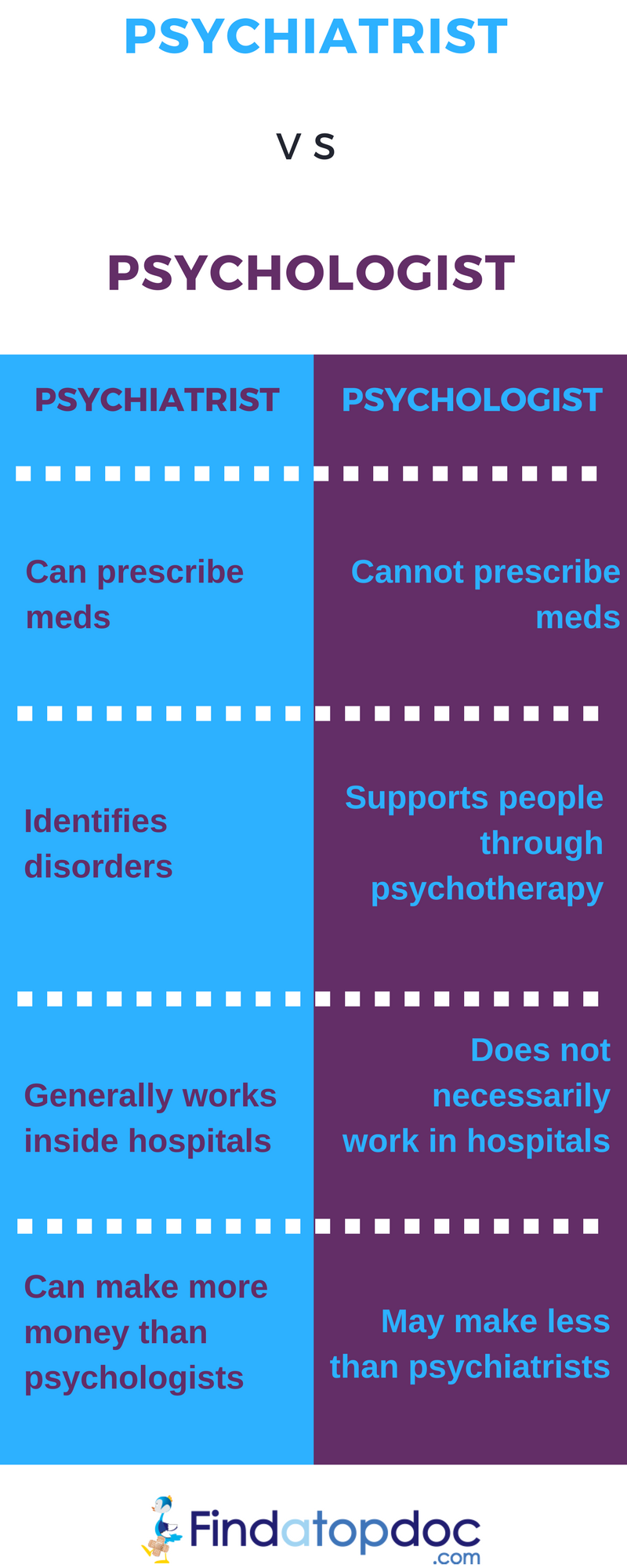How Does Perfectionism Relate To Ocd
How Does Perfectionism Relate To Ocd
Blog Article
How Do State Of Mind Stabilizers Work?
Mood stabilizers aid to soothe locations of the mind that are influenced by bipolar illness. These drugs are most efficient when they are taken on a regular basis.
It might take a while to locate the appropriate drug that functions ideal for you and your physician will certainly monitor your condition throughout treatment. This will certainly include routine blood examinations and possibly a change in your prescription.
Natural chemical regulation
Natural chemicals are a team of chemicals that control one another in healthy individuals. When degrees come to be unbalanced, this can lead to state of mind disorders like depression, anxiety and mania. State of mind stabilizers aid to avoid these episodes by aiding control the balance of these chemicals in the mind. They likewise may be made use of along with antidepressants to boost their efficiency.
Medications that work as state of mind stabilizers consist of lithium, anticonvulsants and antipsychotics. Lithium is perhaps one of the most well known of these medications and jobs by affecting the circulation of sodium via nerve and muscular tissue cells. It is most often utilized to treat bipolar disorder, yet it can also be handy in treating various other state of mind conditions. Anticonvulsants such as valproate, lamotrigine and carbamazepine are also reliable mood maintaining medicines.
It can take some time to locate the best sort of medicine and dosage for each and every person. It is necessary to work with your medical professional and engage in an open discussion about just how the medicine is benefiting you. This can be particularly handy if you're experiencing any negative effects.
Ion channel inflection
Ion channels are a significant target of mood stabilizers and lots of various other medications. It is now well established that they are dynamic entities that can be modulated by a range of exterior stimuli. Additionally, the inflection of these networks can have a variety of temporal impacts. At one extreme, adjustments in gating characteristics might be rapid and instant, as in the nicotinic acetylcholine receptor/channel system. At the various other end of the range, covalent alteration by protein phosphorylation may result in modifications in network function that last much longer.
The field of ion channel inflection is going into a period of maturity. Current research studies have shown that transcranial concentrated ultrasound (United States) can promote neurons by activating mechanosensitive potassium and sodium networks embedded within the cell membrane. This was demonstrated by expressed channels from the two-pore domain potassium household in Xenopus oocytes, and focused United States considerably regulated the present flowing with these channels at a holding voltage of -70 mV (ideal panel, loved one result). The results are consistent with previous monitorings revealing that antidepressants impacting Kv networks manage glia-neuron interactions to contrary depressive-like actions.
Neuroprotection
State of mind stabilizers, like lithium, valproic acid (VPA), and carbamazepine, are essential in the therapy of bipolar illness, which is identified by persistent episodes of mania and clinical depression. These drugs have neuroprotective and anti-apoptotic buildings that help to avoid cellular damage, and they additionally boost cellular durability and plasticity in useless synapses and neural wiring.
These safety activities of state of mind stabilizers might be moderated by their restraint of GSK-3, inositol signaling, and HDAC task. Moreover, lasting lithium therapy protects against glutamate excitotoxicity in cultured nerve cells-- a model for neurodegenerative problems.
Researches of the molecular and cellular effects of mood stabilizers have shown that these medications have a large range of intracellular targets, consisting of several kinases and receptors, in addition to epigenetic adjustments. Further study is needed to identify if mood stabilizers have neurotrophic/neuroprotective actions that are cell type or wiring details, and exactly how these impacts may enhance the rapid-acting healing response of these representatives. This will certainly assist to establish new, quicker acting, much more efficient therapies for psychological health problems.
Intracellular signaling
Cell signaling is the procedure whereby cells interact with their environment and various other cells. It includes a sequence of cbt therapy steps in which ligands engage with membrane-associated receptors and cause activation of intracellular paths that regulate vital downstream cellular functions.
State of mind stabilizers act upon intracellular signaling with the activation of serine-threonine protein kinases, causing the phosphorylation of substrate proteins. This turns on signaling cascades, leading to adjustments in gene expression and mobile function.
Many state of mind stabilizers (including lithium, valproate and lamotrigine) target intracellular signaling paths by inhibiting certain phosphatases or activating particular kinases. These impacts create a decrease in the task of these pathways, which causes a reduction in the synthesis of specific chemicals that can influence the brain and lead to symptoms of depression or mania.
Some state of mind stabilizers additionally function by enhancing the activity of the repressive natural chemical gamma-aminobutryic acid (GABA). This enhances the GABAergic transmission in the mind and decreases neural activity, thus producing a calming result.